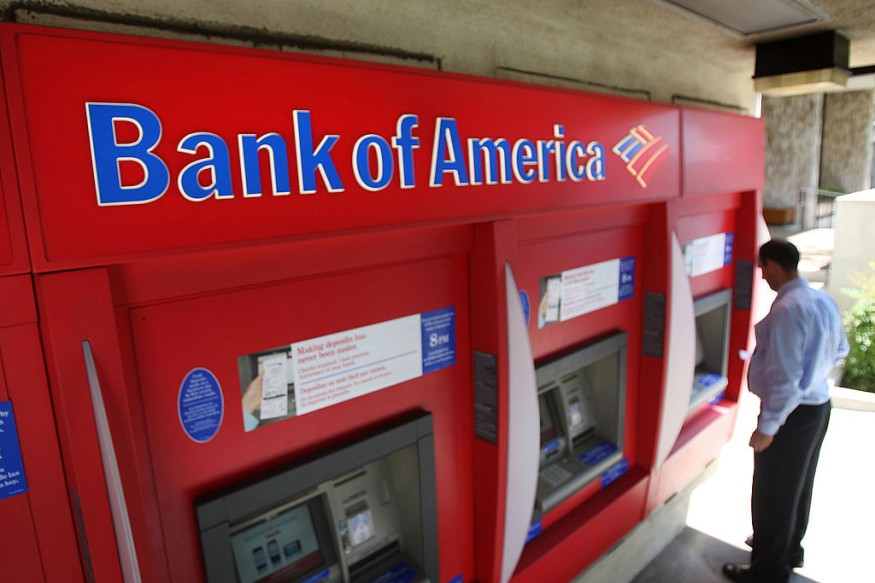Strategies to Maximize Your Savings with High Rates

The benchmark interest rate set by the Federal Reserve is still 23 years high. This is because the central bank decided on Wednesday to maintain its current policy level, as it has done at the previous five meetings of the policy-making committee.
Some investors, homeowners, and people with high credit card debt may find this decision disappointing since changes in the Federal Reserve's overnight lending rate can directly or indirectly impact the rates of consumer financial goods such as credit cards, bank loans, and mortgages.
However, anyone with savings still has a few more months to make the most of their hoard, as the Fed has signaled that no rate cuts are anticipated until the summer.
This is because you may still obtain interest rates that surpass inflation, which will increase whatever savings you have for future goals, crises, trips, or down payments.
That won't occur if you just leave it in a conventional checking or savings account that makes very little money. With rates still at or close to their peaks, more profitable, low-risk alternatives are available.
Therefore, take into account the following choices when choosing where to put your hard-earned money.
Online Savings Account With High Yields
As of March 13, Bankrate reported that the average annual percentage interest on bank savings accounts was a mere 0.52%. The largest physical banks, such as JPMorgan Chase and Bank of America, maintain that average low by giving a pitiful 0.01%.
On the other hand, certain FDIC-insured online banks continue to provide high-yield savings accounts with rates on their accounts that beat inflation, ranging from 4.35% to 5.35%. These are generally the greatest places to store your emergency cash so you can get it quickly.
If you choose an account that pays 5.35% instead of 0.52%, you may lose hundreds of dollars in interest.
Although there has been a small decrease in the rates on high-yield savings accounts recently, DepositAccounts.com founder Ken Tumin stated that "widespread cuts in online savings account rates are unlikely until the first Fed rate cut is near."
High-yield savings account rates are subject to fluctuate overnight, just like any other bank savings rate, and the bank might not notify you when it does so. Thus, remember to review your monthly statement.
Deposit Certificates
A certificate of deposit is another excellent low-risk, high-return investment ideal for money you probably won't need to access for a few months or even a few years.
Using a brokerage like Fidelity, Schwab, or E*Trade may obtain the highest returns on CDs. This way, you won't have to open separate accounts with each bank and may compare CD offers from a variety of FDIC-insured banks.
As of March 13, the average interest on a one-year CD was 1.95%; however, some institutions are offering as high as 5.4%. At, let's say, 5.4% for a year, a $10,000 investment will yield $540 if you can buy a one-year CD.
You must leave the money invested in a CD for a set amount of time in order to reap the most benefits. If necessary, you may always access your principal earlier, although there can be fees associated with early withdrawal.
CDs featured on Schwab.com with terms ranging from three months to three years were earning 5.2% to 5.51% as of March 20. The range of CD rates for terms ranging from four to ten years was 4.40% to 5.15%.
Related article : Dow Swings Wildly, Closing Sharply Lower in Sudden Turnaround
The content provided on MoneyTimes.com is for informational purposes only and is not intended as financial advice. Please consult with a professional financial advisor before making any investment decisions.
© 2026 MoneyTimes.com All rights reserved. Do not reproduce without permission.











